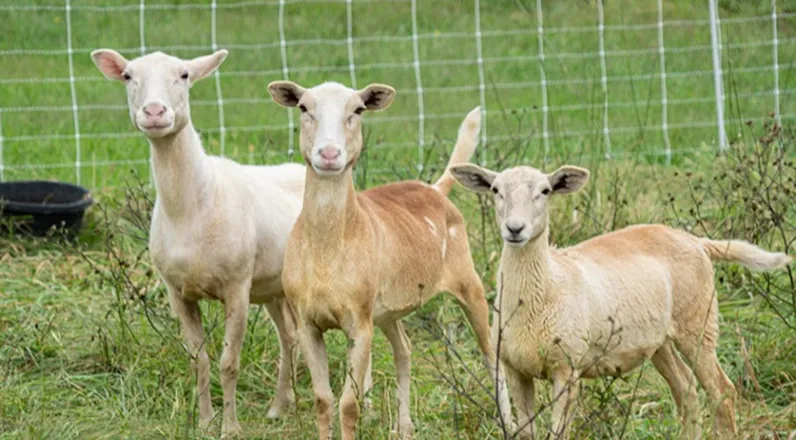Insect Control
Introduction
Insecticides are damaging because they are usually indiscriminate and kill off the beneficial predatory insects that could otherwise control unwanted infestations. They also have a high carbon footprint associated with their manufacture and application.
Many vineyard managers have found insecticides to be the easiest of the pesticides to stop using in their vineyards, and their routine use is no longer widely practiced in many vineyards.
Integrated Pest Management (IPM) correctly implemented significantly reduces, or even eliminates insecticide use by incorporating other tactics.
Increasing biodiversity in the vineyard with native species encourages populations of beneficial predatory insects to control insect populations. This is done through:
- Leaving areas unplanted so that native habitats are left undisturbed, or
- Enhancing biodiversity through cover crops, insectary plantings, or biodiversity shelter belts
Biological controls, such as mating disruption, have also been shown to be effective.
The goal should be to reach a point where insecticides can be completely eliminated.
In detail
Land conversion, uninterrupted monoculture plantings, and climate change are just some of the reasons for ongoing and novel crop insect pests. The loss of habitat to agriculture is the first injury to native biodiversity, for when native insects lose host plants and shelter, their populations decline. As connected habitat grows more scarce, the substitution single species agriculture often lacks the habitat features, food and shelter sources to sustain beneficial predatory insects, birds and other predatory animals. Furthermore, many agricultural sprays are non-targeted and further decrease these populations, leaving crops vulnerable to large populations of harmful insects (spotted wing drosophila, brown marmorated stink bug, vine and grape mealybug, spotted lanternfly, glassy winged sharpshooters just to name a few). These can multiply rapidly and either do physical damage directly by consuming plant parts, and/or vector viral diseases like redblotch or leafroll. This creates a negative feedback loop where a farmer begins to feel ‘dependent’ on chemical control of new and emerging pests.
Maintaining habitat networks on-site provides a suite of benefits beyond supporting beneficial insect populations. Hedgerows offer structural barriers to break up monoculture plantings. Diverse and undisturbed cover crops in vineyards that do not use insecticides can host very large resident populations of spiders, lacewings, ladybirds/beetles, and praying manti. Most insectivorous birds only hunt where there is access to nesting habitat and adequate food and water, so increasing access to structural habitat features increases protection as well.
Further information
- An excellent resource is Biodiversity and Pest Management in Agroecosystems by Miguel Altieri and Clara Nicholls (e-book)
- Regenerative Viticulture and Climate Change Resilience ‘functional biodiversity’ section of the review of peer-reviewed scientific studies by the RVF
- Webinar on Natural Predators in the Vineyard RVF and the Porto Protocol
- How bats are helping in the vineyard The Drinks Business
- Natural predators book Australia, EcoVineyards
- Understanding the ecological roles of birds in Australian vineyards Australia, EcoVineyards
- Biocontrol fact sheets Australia, EcoVineyards
- Insectary plants Australia, EcoVineyards
- The functional diversity of predatory arthropods in vineyards Australia, EcoVineyards
- Bats could be the perfect pairing for vineyard insect control Australia, Wine Australia
- Cargo Road Wines welcomes predator insects to its vineyards Australia
- Biological Pest & Disease Management for Vines at Holdaway Vineyards (video) New Zealand, Quorum Sense
- How a California viticulturist uses biological control and cultural practices to combat pests USA, UAV-IQ
- Collaborating with songbirds and owls to remove pests and research department barn owl website USA, Cal Poly Humboldt
- Bats, the unsung heroes of the Bordeaux vineyard France
- How bugs and other critters are saving vineyards Wine Enthusiast
Growers doing interesting practices
There are so many growers around the world doing great work at improving their beneficial predators to reduce or eliminate insecticide use. Over 120 are shown on the map on our RV Guide (filter by ‘no insecticides used’). Others include:
- Tapada de Coelheiros, Portugal
- Casa Relvas, Portugal
- Villa Bogdano, Italy
- Hopewell Wine, Oregon, USA
- Grgich Hills, Napa, USA






